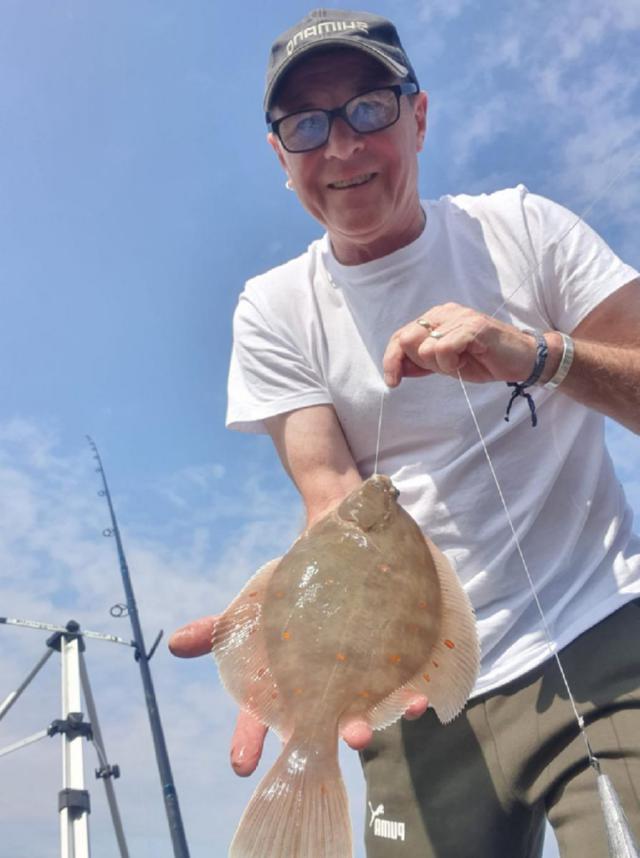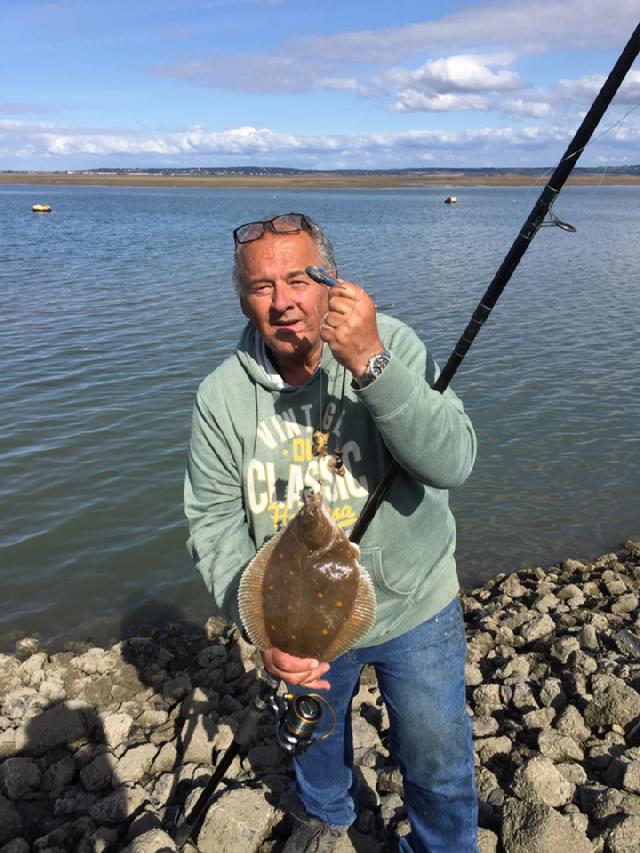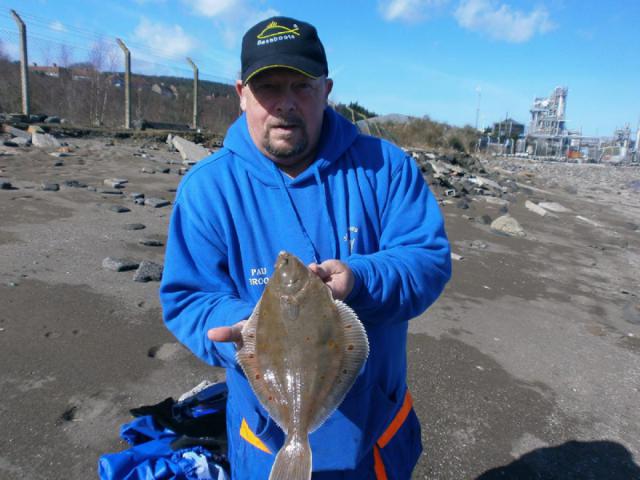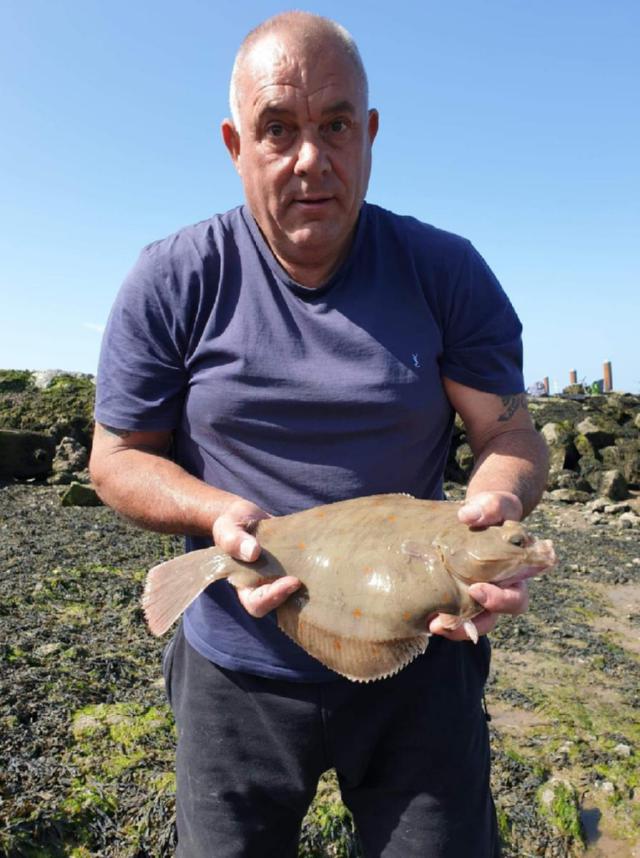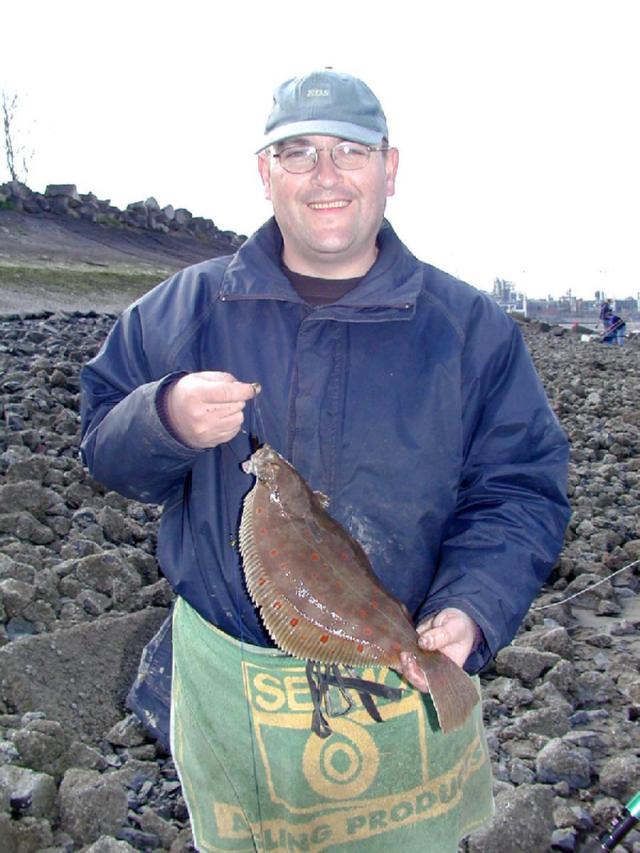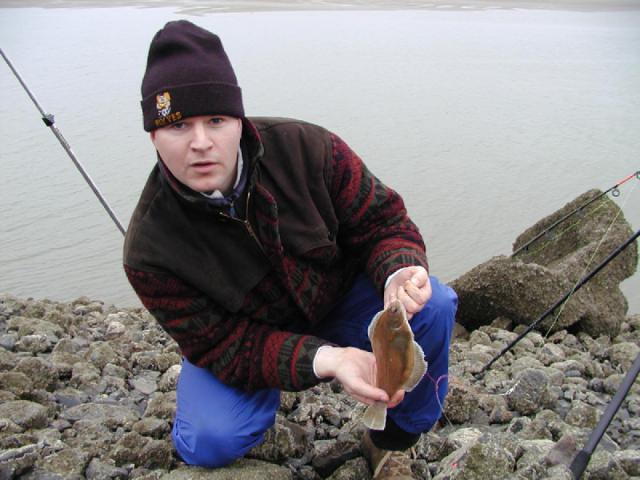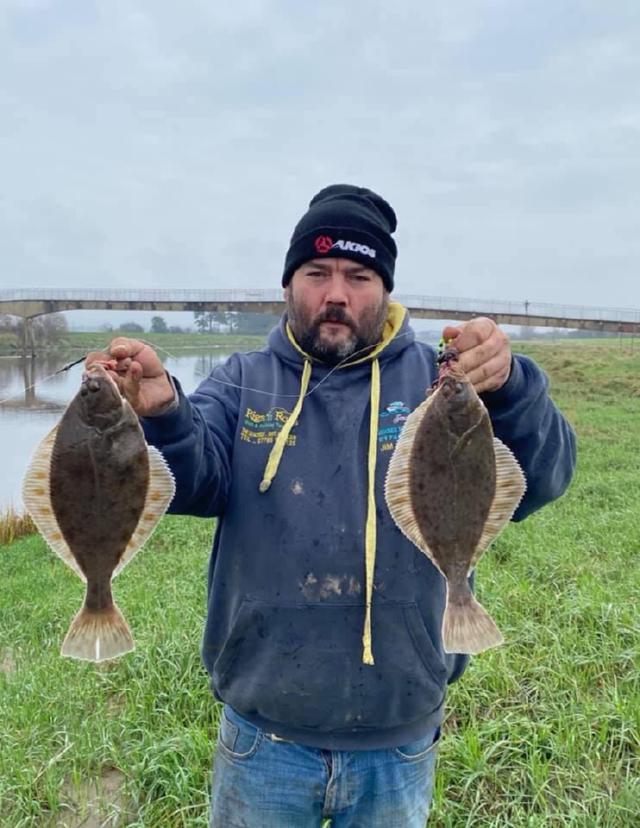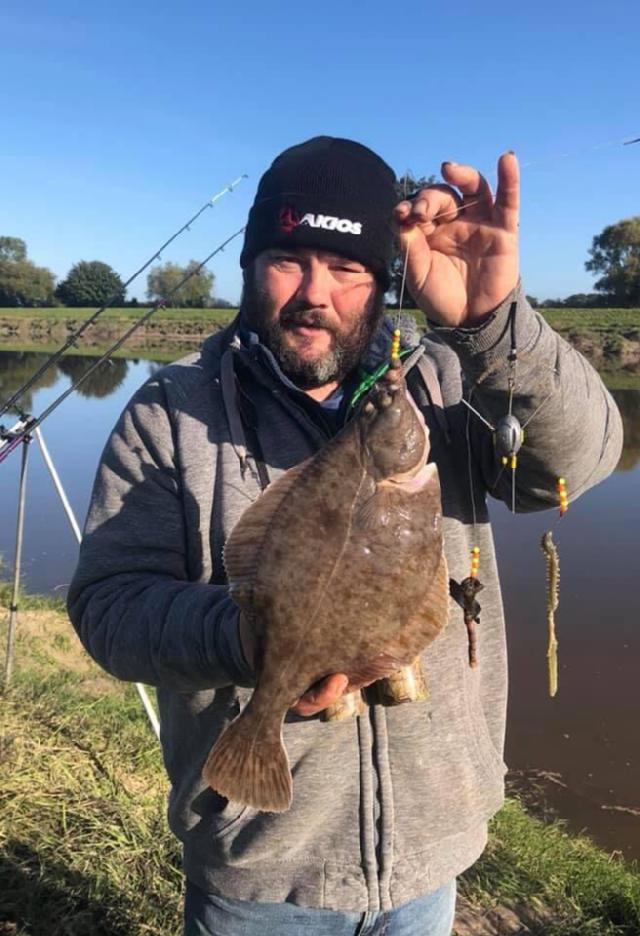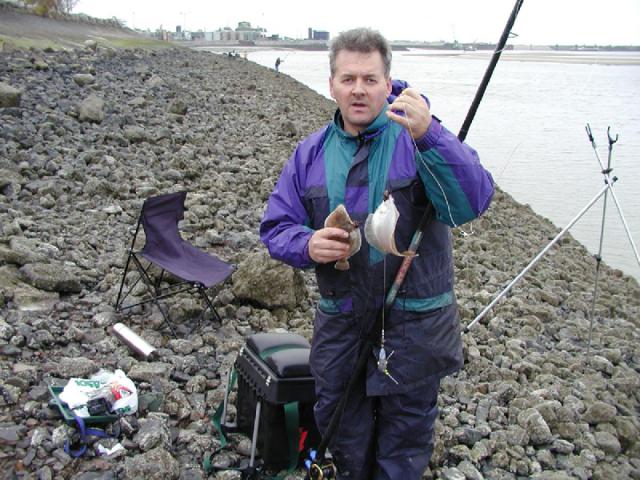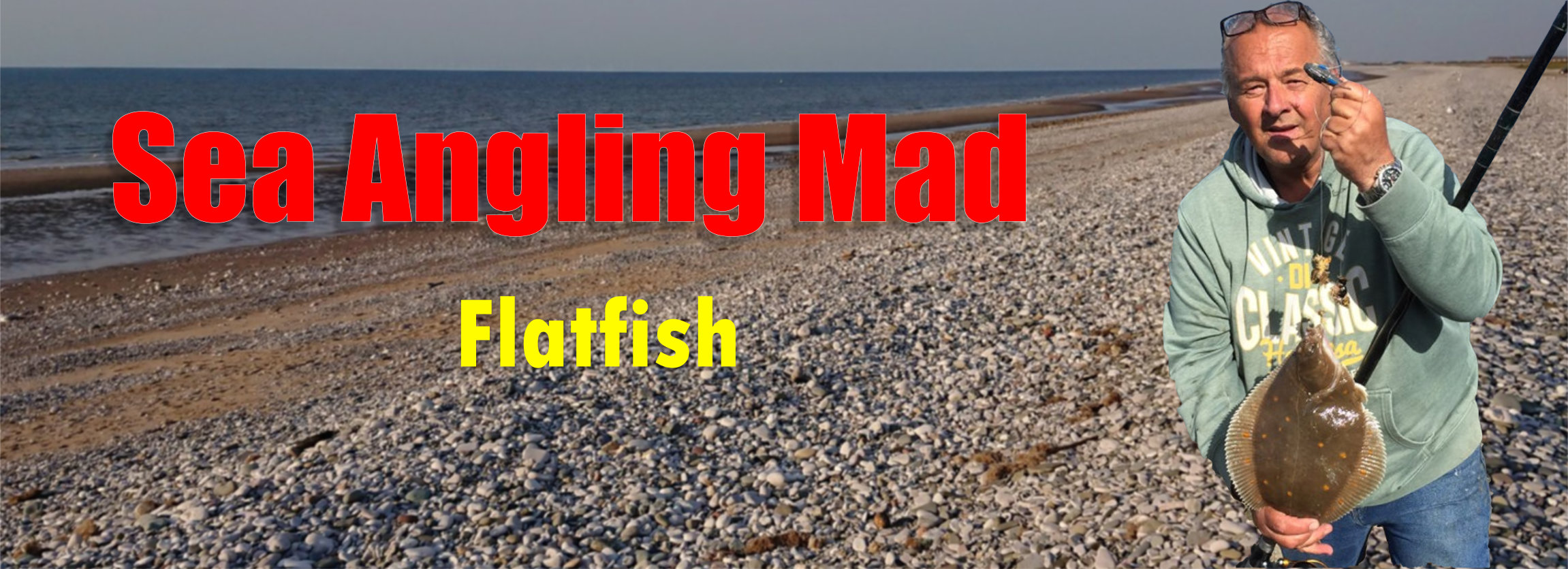
Last Updated October 2022
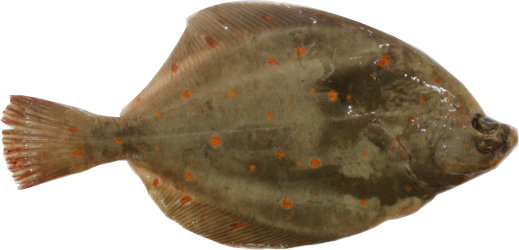
Plaice generally prefer deeper water than dabs and flounder although they will be found alongside flounder in estuary mouths and the deeper estuary channels. Plaice and flounders are often confused with each other. The Plaice doesn’t have the rough skin on it’s back and it’s underside will be much whiter than a flounders.
Fish in the 2.5lb to 3lb range are considered specimens from the shore. Plaice can be caught in estuaries and from open beaches. But they are not as prolific as flounders.
Similar tactics to those used for flounder with the addition of a string of beads or small sequins as attractors just above the hook.
Plaice are especially fond of peeler crab and come back on-shore at the same time as the crab begin their first moult of the year in late March and early April and remain until late August when their numbers begin to dwindle.
It's difficult to generalise about the best time or tides but fishing over low water 2hrs either side of low and again an hour either side of high water will often be the most productive.
One of my favourite marks where I find Plaice can be caught with any sort of regularity is Mostyn on the Dee Estuary. From early April through to August
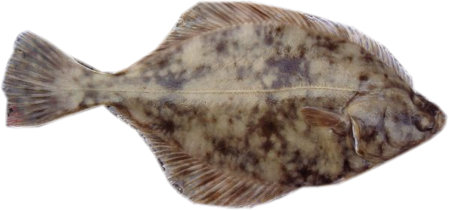
Flounder prefer estuaries to open beaches and will often be found many miles up a river in the pure freshwater. It’s not uncommon to find flounder and brown trout in the same swim.
Where flounder inhabit open beaches will always be close to freshwater. Such as where a stream or small river flows across the beach into the sea.
Flounder are a usually a dull mottled brown and can easily be identified by their rough skin with small rough scales on their backs. Sometimes they will be marked with orange and red spots similar to a Plaice.
Fish are normally around the 12oz to 1lb 12oz size with occasional 2lb fish.
Flounder love a moving bait. In estuaries a killer tactic is to allow the tide pull to drag the lead slowly round towards the shore at a point when it slows or virtually stops and settles is when the fish will strike.
Flounder love peeler or soft back crabs and during the May to October period this is a killer bait. Other great baits especially in estuaries are harbour rag fished in bunches of 4 or 5 worms.
Flounder will respond to a bait that is either nudged or slowly drifting along the seabed, especially when the lead is kicking up puffs of sand as it’s moved.
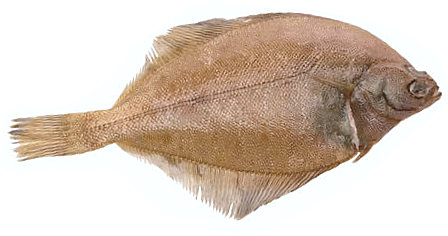
A small flatfish with most rod and line caught fish being between 4oz & 8oz’s.
They are normally a light sandy brown colour with a white underside. The other feature which will help identify a dab is translucent flesh. Hold a dab up to a bright light and it’s body (behind the stomach) is almost see through.
Dabs are usually found over clean sand or sand and mud bottoms and can be caught from open beaches, estuaries, piers and rack marks providing your casting onto clean ground.
While they are considered an all year round species their numbers decrease in catches from February to late April. Best time to catch them being from late summer through to end of January.
Worm baits and small fish strips are the most successful baits. Small pieces of black lug worm a few days old and beging go sticky, fresh small blow lug and small fish baits will attract them.
There’s rarely and need for long casts as they will be in easy casting range in the 30 - 50 yard out zone.
As with all flatfish a plain lead light enough to allow some movement so that it can slowly roam a little will out score a stationary bait.
Plaice

Plaice generally prefer deeper water than dabs and flounder although they will be found alongside flounder in estuary mouths and the deeper estuary channels. Plaice and flounders are often confused with each other. The Plaice doesn’t have the rough skin on it’s back and it’s underside will be much whiter than a flounders.
Fish in the 2.5lb to 3lb range are considered specimens from the shore. Plaice can be caught in estuaries and from open beaches. But they are not as prolific as flounders.
Similar tactics to those used for flounder with the addition of a string of beads or small sequins as attractors just above the hook.
Plaice are especially fond of peeler crab and come back on-shore at the same time as the crab begin their first moult of the year in late March and early April and remain until late August when their numbers begin to dwindle.
It's difficult to generalise about the best time or tides but fishing over low water 2hrs either side of low and again an hour either side of high water will often be the most productive.
One of my favourite marks where I find Plaice can be caught with any sort of regularity is Mostyn on the Dee Estuary. From early April through to August
Flounder

Flounder prefer estuaries to open beaches and will often be found many miles up a river in the pure freshwater. It’s not uncommon to find flounder and brown trout in the same swim.
Where flounder inhabit open beaches will always be close to freshwater. Such as where a stream or small river flows across the beach into the sea.
Flounder are a usually a dull mottled brown and can easily be identified by their rough skin with small rough scales on their backs. Sometimes they will be marked with orange and red spots similar to a Plaice.
Fish are normally around the 12oz to 1lb 12oz size with occasional 2lb fish.
Flounder love a moving bait. In estuaries a killer tactic is to allow the tide pull to drag the lead slowly round towards the shore at a point when it slows or virtually stops and settles is when the fish will strike.
Flounder love peeler or soft back crabs and during the May to October period this is a killer bait. Other great baits especially in estuaries are harbour rag fished in bunches of 4 or 5 worms.
Flounder will respond to a bait that is either nudged or slowly drifting along the seabed, especially when the lead is kicking up puffs of sand as it’s moved.
Dab

A small flatfish with most rod and line caught fish being between 4oz & 8oz’s.
They are normally a light sandy brown colour with a white underside. The other feature which will help identify a dab is translucent flesh. Hold a dab up to a bright light and it’s body (behind the stomach) is almost see through.
Dabs are usually found over clean sand or sand and mud bottoms and can be caught from open beaches, estuaries, piers and rack marks providing your casting onto clean ground.
While they are considered an all year round species their numbers decrease in catches from February to late April. Best time to catch them being from late summer through to end of January.
Worm baits and small fish strips are the most successful baits. Small pieces of black lug worm a few days old and beging go sticky, fresh small blow lug and small fish baits will attract them.
There’s rarely and need for long casts as they will be in easy casting range in the 30 - 50 yard out zone.
As with all flatfish a plain lead light enough to allow some movement so that it can slowly roam a little will out score a stationary bait.
